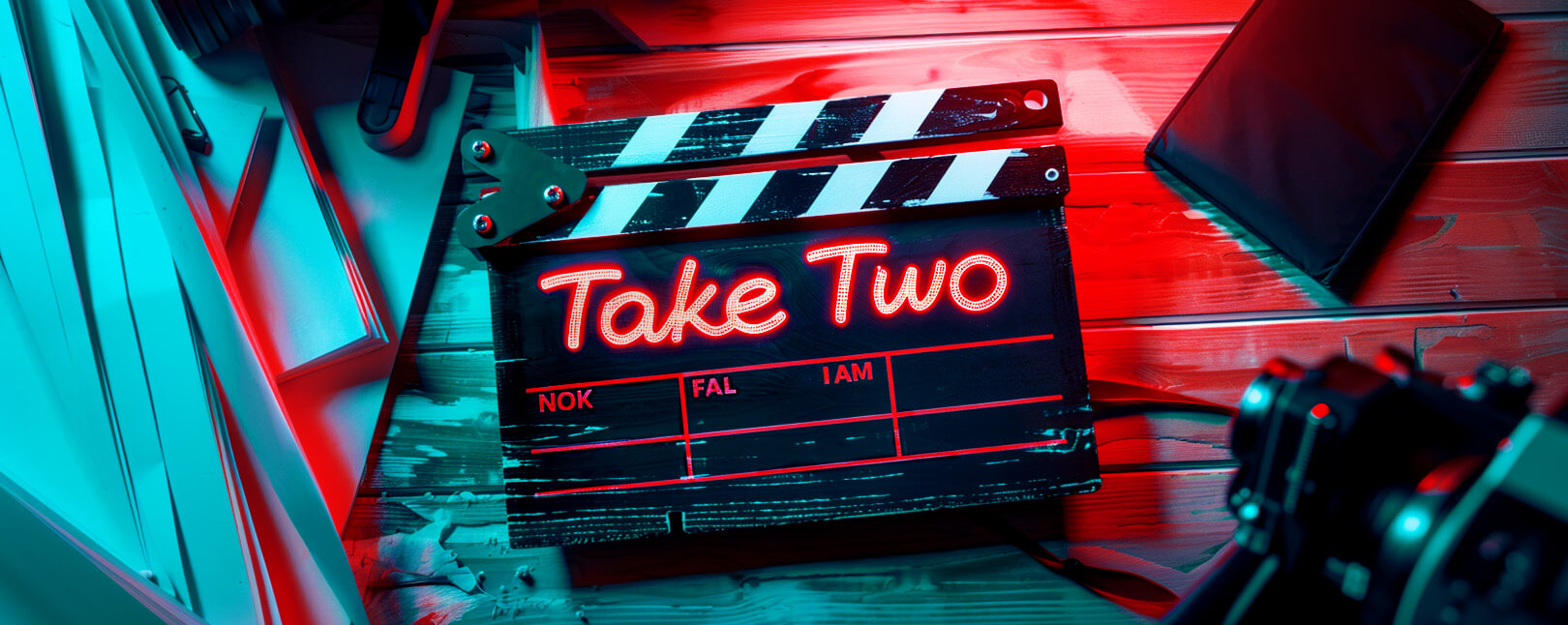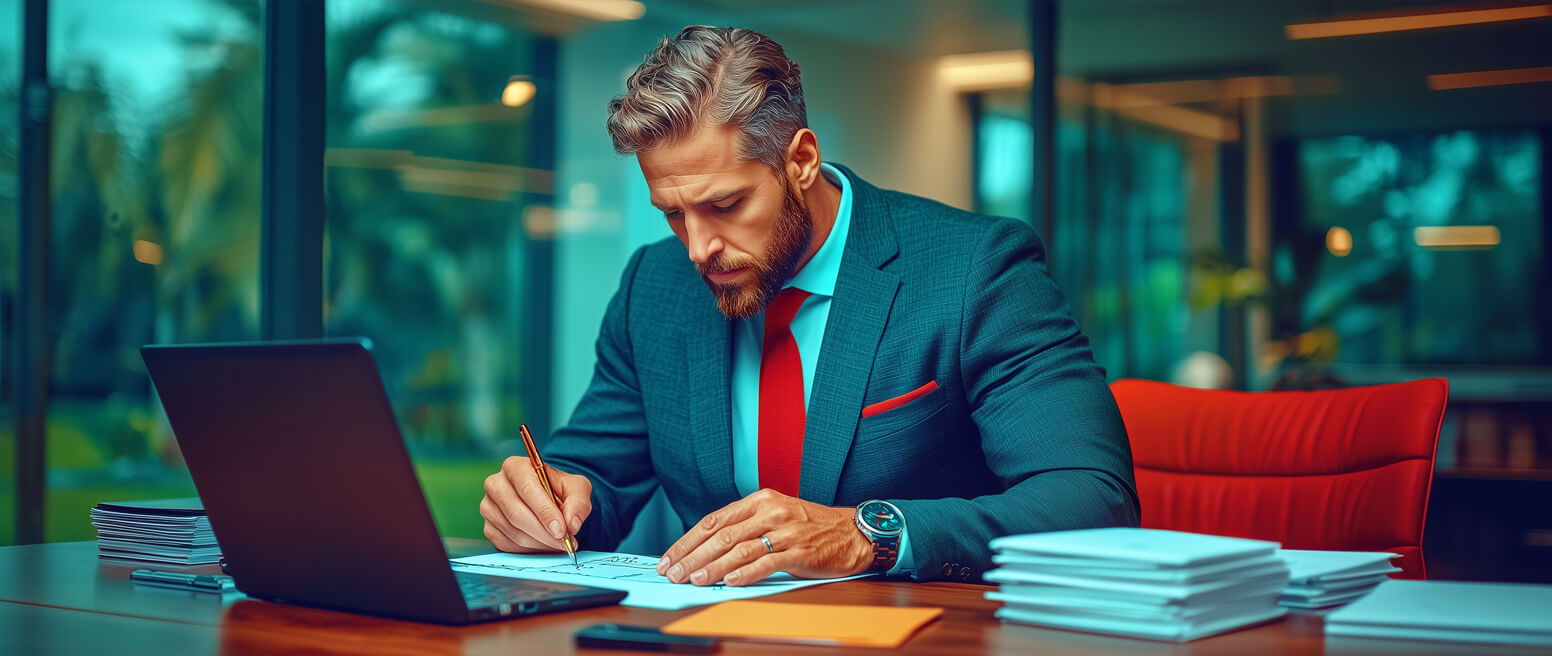What is Chargeback Second Presentment? What are the Steps to Recovering Disputed Transactions?
Your relationship with your customers should be pretty straightforward. You market, sell, and package goods and services. Your customers, in turn, pay you for those items.
But, what happens when the relationship goes sideways? Or, more accurately, backwards?
What if your customer decides to dispute a charge and tries to claw their money back? In these cases, a second presentment may be in order.
In this article, you’ll get a rundown on the basics of second presentments. We’ll explain why you would file one, how it works, and what happens after submitting your documentation.
What is Second Presentment?
- Second Presentment
[noun]/se • kənd • pre • zənt • mənt/
Second presentment (also known as “representment”) is the process of re-submitting a transaction, along with additional documentation, to the bank after a chargeback.
When you complete a transaction and send the information to the bank for processing, this is what we call presentment. Get it? You’re literally “presenting” the charge to the bank for fulfillment.
But, it should be obvious at this point that not all presentments are final.
A customer might dispute a transaction and request a chargeback. In other cases, the bank might initiate a chargeback on the customer’s behalf. There are legitimate reasons to do this. For example:
- The customer didn’t authorize the transaction.
- The goods or services you shipped did not reflect what you promised the customer.
- The item was paid for but never arrived.
- The customer was charged multiple times for the same purchase.
- You committed a processing error.
If any of these circumstances apply, you might not have much choice other than accept the chargeback and lose the funds from the sale. But, if the cardholder files a chargeback without a valid reason (i.e., commits friendly fraud), then you have the right to a second presentment.
Why Submit a Second Presentment?
Lots of reasons. For instance, there’s the fact that three out of four chargebacks are probably cases of friendly fraud. In other words, three out of four chargebacks you get will probably be invalid.
Submitting a second presentment lets you recover revenue that rightfully belongs to you. But, maybe that’s not a good enough reason on its own for you to act. In that case, what if I were to tell you that each chargeback means you also lose merchandise, pay added fees, and lose overhead costs like shipping and interchange? All totaled, you’re going to lose $3.03 for every dollar that your customers dispute.
Still not convinced?
Consider the fact that, when you don’t fight back, bad actors feel empowered to repeat their actions. As a result, chargeback losses tend to accumulate over time. Facing more chargebacks will lead to heftier fees. Runaway chargebacks could even force your processor to terminate your contract if the situation gets out of hand.
Fighting back is essential when you consider what’s at stake. Submitting second presentments in response to friendly fraud lets you recover revenue, protect your reputation and your processing rights, and build better relationships with banks and processors.
How Does Second Presentment Work?
We’ve talked a bit about what second presentment means and why it’s so important. Now, it’s time to talk about how you get started.
Before going any further, you need to be absolutely certain that the chargeback in question is invalid. Look at the chargeback reason code and compare the cardholder’s claim to the information on file. Does your documentation clearly contradict the customer’s claim? Only proceed if you can confidently say “yes;” the last thing you want to do here is accuse a cardholder of lying after they’ve been the victim of fraud or a merchant error.
Fight chargebacks. Recover revenue. Protect your long-term interests.
If you’re confident that a second presentment is justified, your next course of action should be to:
Step 01 | Check the Time Limit
The clock is ticking for your response. Banks set hard deadlines for chargeback representment. You will automatically forfeit your case if you’re even one day over the limit.
Remember, though: chargeback deadlines vary between banks and card schemes. You must know the requirements for any relevant agency.
Your bank might send you a form called the Chargeback Debit Advice Letter. This should provide a straightforward outline for when and how to respond to the specific reason code.
Learn more about chargeback time limits
Step 02 | Gather Your Evidence
Your case rests on the quality of the evidence you provide to the bank. You could lose if you lack any photographic or documented evidence of conversations held with the cardholder. Examples of solid evidence you can submit include:
- Copies of the sales receipt and/or order forms
- Tracking numbers and proof of delivery
- A copy of your return policy, with proof it is easily accessible on your site
- Descriptions and screenshots of items as they appear on your site
- Any communications indicating successful delivery or customer satisfaction
Remember: all evidence must be in response to the given reason code. You’ve got to tailor your response to the reason code, even if you believe that reason to be false.
Learn more about chargeback evidence
Step 03 | Make an Argument
The next step is to make your argument to the bank based on the evidence you have provided. The vehicle for this will be your chargeback rebuttal letter.
Your rebuttal letter should be concise, clear, and free emotional or abusive language. Relay the facts as you received them, and keep it brief. While there’s a basic format you can follow, each rebuttal should be tailored to the specifics of the second presentment at hand.
Learn more about rebuttal letters
Step 04 | Submit Your Second Presentment
Once all documents are compiled, you will submit the package (including all evidence) to your acquiring bank for review. Once your bank approves the second presentment, it is then sent to the cardholder’s issuing bank for a ruling.
You may also need to include supporting documents as well. These can include a Chargeback Adjustment Reversal Request, a Chargeback Debit Advice Letter, etc.
Learn more about supplemental documents
What Happens Next?
The second presentment is a critical process. We won’t lie to you, though: the odds are stacked against you. The sad truth is that only three in ten merchants who submit second presentments on their own have a win rate higher than 30%.
If the bank rejects your second presentment, you have two choices available:
Accept the Chargeback
Give up and allow the chargeback to go ahead as filed.
VS
Escalate the Dispute
Appeal to the card network and hope they rule in your favor
Chargeback arbitration is a last resort as an attempt to recover outstanding debts through the courts. This option will be even more complex, time-consuming, and expensive. You may be required to pay:
- Filing Fee
- Administrative Fee
- Withdrawal Fee
- Technical Fee
These fees can be anywhere between $100 and $250 each, making arbitration an incredibly expensive process per transaction. There’s still no guarantee of success, and once a decision is reached at the arbitration stage, it’s final. At least as far as the card network is concerned.
You can escalate and take action outside of the card network’s control by pursuing debt collection, or even taking the cardholder to small claims court. This is a high-stakes move, though; pursuing a legal case could cost you thousands of dollars. So, you need to think hard about this move, and decide whether it is worth the time and money required.
Improve Your Odds of Winning
Winning a second presentment isn’t always easy. But, there are some best practices you can take up that will help improve your odds.
I recommend adopting these practices:
Learn the System
Stay current with the most up-to-date versions of Visa and Mastercard rules and regulations regarding second presentments.
Get Organized
Ensure that you have an effective and comprehensive system for storing and accessing essential documents and transaction records.
Don’t Waste Time
Never wait for a deadline to run down before you take action. Be proactive and stay well-ahead of chargeback response deadlines.
Know the Codes
Use all available resources that can help you learn to navigate and respond to each reason code. Some are more common than others.
Nail Your Rebuttal
Evidence is the key to a winning dispute response. But, your rebuttal is the document that’s going to contextualize and frame that evidence.
Guided Second Presentments. At Your Convenience.
More effective chargeback management can make the difference between secondary disputes and recovered revenue. It’s best to track patterns, risks, and key performance indicators (KPIs) to learn what is or isn’t working and how much ROI you’re receiving.
On that note... we can help.
Chargebacks911® has the innovative strategies and technologies you need to relieve your burden. Our analysis and management of every case ensures a better chargeback win rate than any other method, all backed by the only performance-based ROI guarantee in the industry.
Save time. Recover more revenue. Call us today for your free demo.
FAQs
What is a second presentment?
A second presentment, also known as representment, is the process by which a merchant provides additional evidence to dispute a chargeback and reclaim the transaction amount. This procedure typically involves submitting compelling documentation to prove the legitimacy of the original transaction.
What does representment mean?
Representment refers to the process by which a merchant disputes a chargeback. This involves submitting additional evidence to prove the legitimacy of the original transaction. Representment requires compelling documentation, submitted, to the issuing bank, to reclaim the disputed transaction amount.
What is a second chargeback?
A second chargeback, also known as pre-arbitration or pre-arb, occurs when a cardholder continues to dispute a transaction after the merchant has already won the representment phase. This initiates another round of review and evidence submission, potentially escalating to arbitration if a resolution is not reached.
How is presentment of payment done?
Presentment of payment is typically done electronically through payment networks where the merchant submits the transaction details to the issuing bank for approval. This process involves transmitting relevant payment information securely and efficiently to facilitate the authorization and completion of the transaction.
What is the purpose of presentment?
The purpose of presentment is to facilitate the authorization and completion of a transaction by submitting the payment details to the issuing bank for approval. This process ensures that the transaction is valid and that the merchant can receive payment for the goods or services provided.















